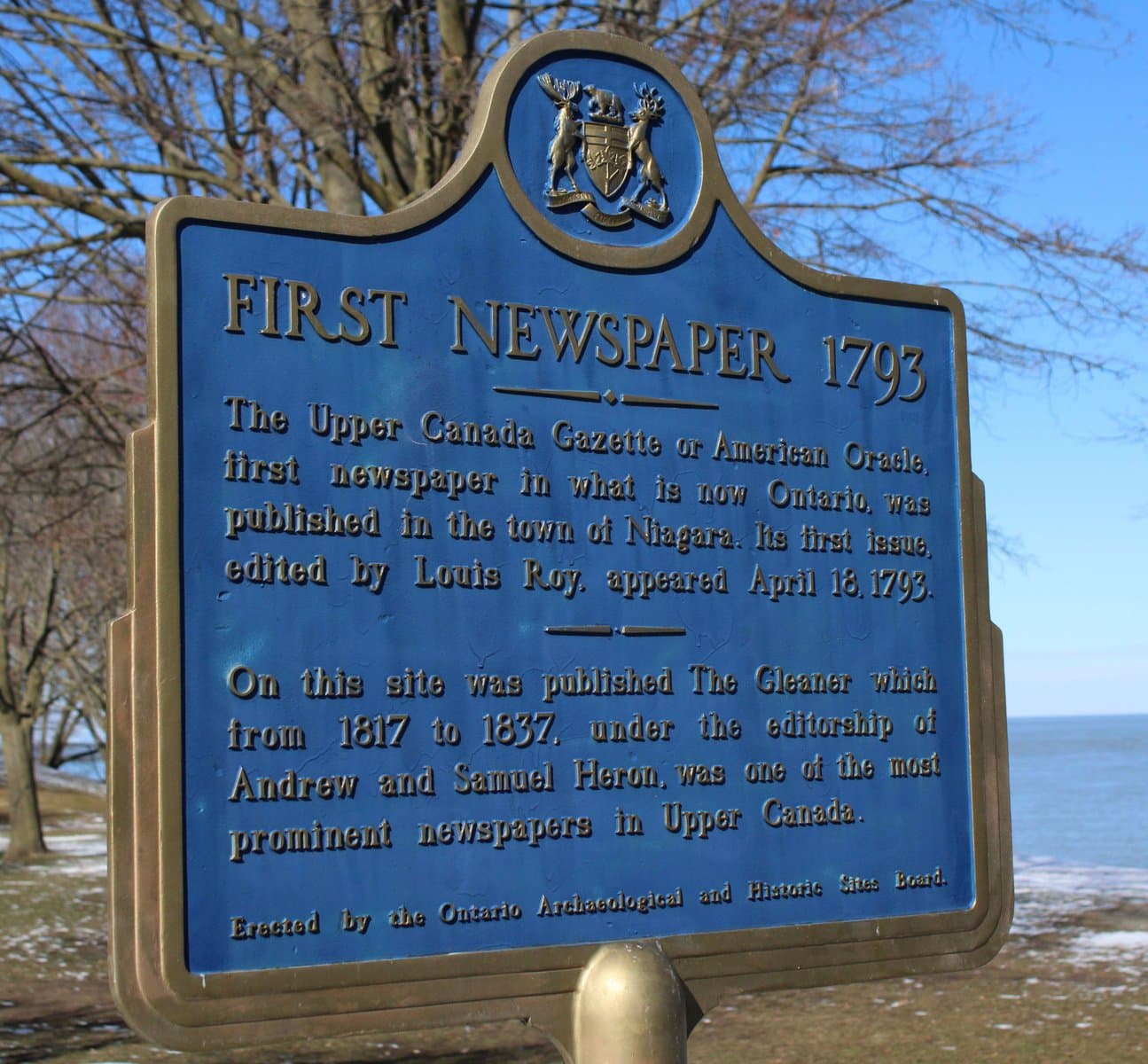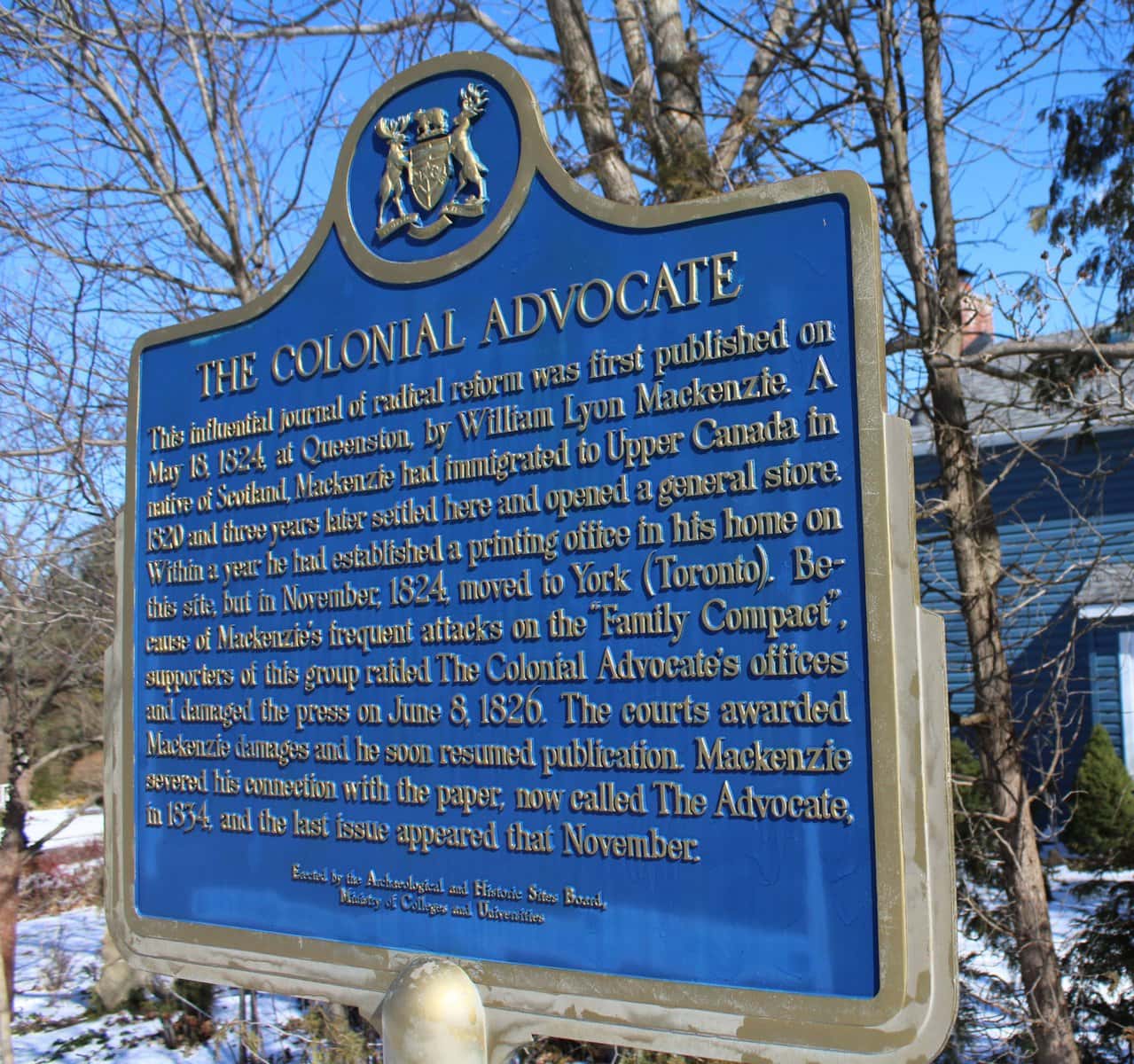As a veteran of more than 30 years spent working in newsrooms of varying sizes, it’s always hard to watch as newspapers — even rival publications — struggle.
News that the Niagara-on-the-Lake Local was ending its print edition with the Feb. 28 paper brought back an all-too-recent pain for me.
Prior to starting my position with The Lake Report, I was a design editor and a reporter-photographer with Niagara This Week, where I spent time covering Niagara Falls, Fort Erie, Welland, Pelham and — for a brief period — Niagara-on-the-Lake.
In total, I was with the paper for 19 years. That all ended abruptly when Metroland announced last September it was filing for bankruptcy protection and also ending print editions for the chain’s 70-plus newspapers, including the Niagara-on-the-Lake Advance.
In addition, more than 600 employees lost their jobs. I was among them, although I left prior to the Dec. 31 termination date.
All of my colleagues at This Week, save one, are no longer employed there. Some, like myself, have found other jobs in the industry.
The company said the COVID-19 pandemic and a resulting loss of flyer business — a high-revenue segment of advertising cash for print publications — was to blame.
In reality, it was so much more than that. Advertising revenue had been declining for years thanks to online platforms such as Google and Facebook sucking up most of the available cash.
The government set aside $600 million over five years to help newsrooms across the country. Of that money, $50 million was set aside for the Local Journalism Initiative to be funded over that same time frame. For the sake of transparency, I am employed at The Lake Report under the auspices of that program.
So it makes me angry when I hear Conservative leader Pierre Poilievre refer to members of the mainstream media – in a most recent case a reporter from the Canadian Press — as a “taxpayer-funded mouthpiece for the PMO.”
Nothing is further from the truth.
We do not toe the line of any political party or politician at The Lake Report. Neither did LJI reporters I worked with at Niagara This Week and I’m sure that is the same at all newspapers taking part in the program — including the NOTL Local.
Community journalism is important. It is our job to bring you the news and to hold local politicians to account. The central premise of the LJI program is to provide coverage of community issues, such as municipal government.
The fate of the LJI program, however, is up in the air. The program is set to expire on March 31 and there has been no word from the feds on whether it will be extended.
Without the funding, many papers — and the communities they serve — will suffer. It’s more than providing a job to a journalist. It helps newspapers like The Lake Report keep the community informed. And keep our leaders accountable.
Most definitely, some of the wounds suffered by print media have been self-inflicted. When the internet arrived in the mid-1990s, many print publications did not take it seriously. Sure, they created websites but, in doing so, made one fatal error.
They started giving away their product for free. Why subscribe or pay for a printed copy of a newspaper when you can see the content for free online? When publishers caught on and started to raise paywalls, it was too little too late.
Then when Google and Facebook got into the news distribution business, publishers were again too late to make the move to a digital-first model.
Decisions made almost three decades ago — resulting from not taking the rise of the internet seriously from the beginning — have come back to haunt publishers, who are now scrambling to play catch up.
Programs like the Local Journalism Initiative and a recent deal that will see Canadian publishers receive a slice of advertising revenue from Google are a good start to a road to recovery.
And remember, newspapers have a long history in Niagara-on-the-Lake. The town was home to the first newspaper in Upper Canada when the inaugural edition of the Upper Canada Gazette (American Oracle) was published on April 18, 1793.
A plaque was erected on 1993 to mark the bicentennial of that achievement near the corner of King and Front streets.
The town was also home to William Lyon Mackenzie, publisher of the Colonial Advocate newspaper, which was published from 1824-36, prior to Mackenzie’s involvement in the Upper Canada Rebellion of 1837.
His home was restored by Niagara Parks and is open to the public as the Mackenzie Printery and Newspaper Museum on Queenston Street in Queenston.
Today, the town’s newspaper history continues with The Lake Report. Cherish that print copy you receive in your mailbox every Thursday. Read it from front to back, patronize the advertisers featured on its pages.
We have a robust and growing print edition, which we will continue to produce every Thursday. And for those who wish to see their news online, our print archive at lakereport.ca and our daily news website, niagaranow.com, are at your fingertips.
We are locally owned and operated. The support is appreciated and you’re contributing to an important democratic institution.











